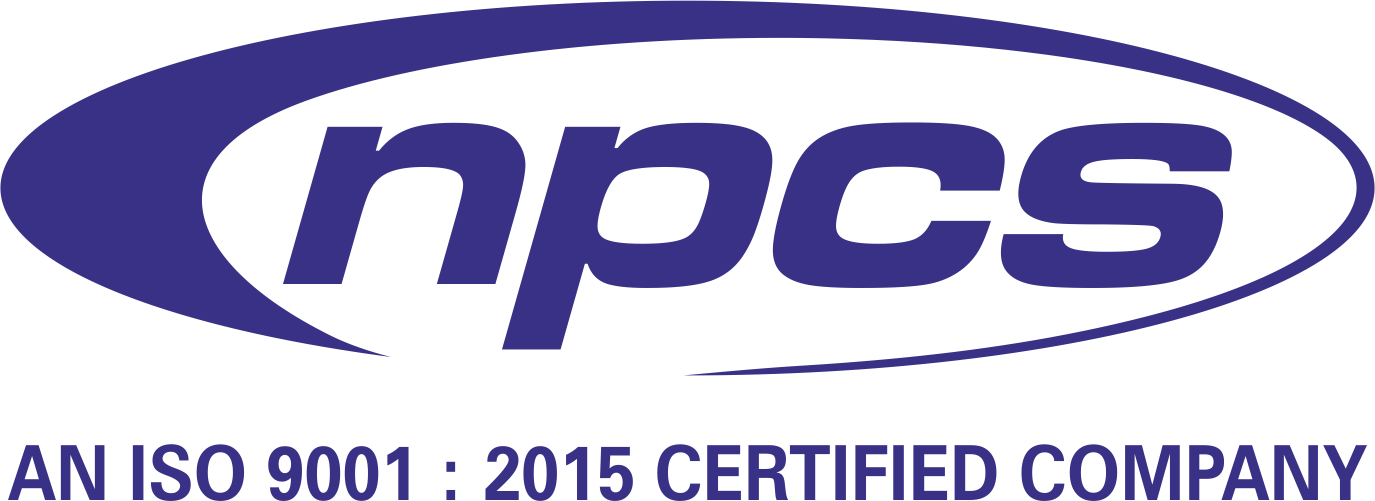Textile printing has undergone a greater evolution than in its early days. Nowadays, this process is one of the industries’ most important parts; it helps make beautiful and convenient designs on fabrics. Textile printing has gone from the manual to another international aspect from these traditions. The process has become faster, more efficient, and capable of producing higher-quality designs.
In this blog, we shall look into the history of textile printing. In this, we will be discussing the advantages of traditional printing methods, new digital textile printing, and its impact on the industry. Let’s dive in!
What is textile printing?
Textile printing is the application of colour or designs to fabric using many techniques. The aim is to produce patterns or designs on textiles such as cotton, polyester, or silk. Printing used to be done by hand with wooden blocks or rollers, but now we’ve replaced (or supercharged) that with machines.
Textile printing has found its way in fashion, home décor, and as industrial products. There are designs covering the fabric that have different printing methods or ways of doing it. The technique used determines how simple these designs can be, or complex.
Traditional textile printing methods
Textile printing was done by hand for centuries. So let’s explore a glimpse of the traditional methods that marked the foundation of modern printing.
Also Read
- Textile Industry. Cotton Fabric Manufacturing Business
- Uttar Pradesh’s Push Towards Textile and Apparel Industry
- Indian Textile Market and Business Scope for Entrepreneurs
- Top Opportunities in Technical Textile Sector
Block Printing
Block printing is one of the oldest printing methods known to history. The technique uses wooden carvings to drill designs onto, then dye them, and use the design as a frisket to ‘ink’ onto the fabric. The fabric is designed as a repetitive transfer of the design.
Traditional Indian clothing sarees and scarves use block-printed fabrics. The design is usually extremely detailed and gives the fabric an incredibly handmade look.
Roller Prints
It is a more developed version of traditional printing. The technique uses engraved rollers instead of wooden blocks. Using a central cylinder providing the engraved rollers, the design is transferred onto the fabric. It is faster than block printing, and it can make continuous patterns along a long run of fabric. For the mass production of printed fabrics, roller prints are used very frequently.
Our Books
- Modern Technology of Textile Dyes & Pigments (2nd Revised Edition)
- Handbook on Textile Auxiliaries, Dyes and Dye Intermediates Technology
- The Complete book on Natural Dyes & Pigments
- Modern Technology of Paints, Varnishes & Lacquers (3rd edition)
Screen Printing
Another traditional method of textile printing is screen printing. Another technique uses the stencil (or screen) to have the desired pattern. The squeegee pushes the ink through the screen and onto the fabric. Another print technique that offers more complex designs than block printing is this one and is still commonly used to print on T-shirts, bags, and the like.
The Rise of Digital Textile Printing
Recently, digital textile printing has significantly transformed the textile industry. Digital textile printing is different from traditional printing in that it uses water-based ink and advanced technology to directly print designs on to fabric. Now’s where we explore the benefits and innovation of that new approach.
Precision and Detail
Precision is one of the main advantages of digital textile printing. Unlike stencils or blocks, digital printing is controlled by a computer when information is sent to the printer. By letting you use very detailed designs and patterns, they also make it impossible for us to achieve with other methods.
Digital printing is also more flexible. Without additional tools, it can print polyester fabric or cotton fabric in any colour or design. It is a great flexibility for designers to practice with new and creative ideas.
Efficiency and Speed
These methods of printing are faster than the traditional methods of printing. You don’t need to draw screens, stencils, or engraved rollers. It prints directly onto fabric so the bits of paper waste and wasted time are saved. Digital printing is ideal for small batch production or customised design since this makes printing kind.
This digital textile printing is also a benefit because water-based ink is used instead of traditional inks, which are less eco-friendly. That’s why it reduces pollution and waste in the textile industry.
Project Reports
- Manufacturing of Disposable Personal Protective Equipment (PPE) Kit
- Spinning Mill Business | Most Profitable Textile Spinning Business
- Business Plan for Polyester Textured Yarn from Used Pet Bottle
Customization and Short Runs
Digital textile printing enables the printing on demand. Small quantities of fabric customers can order is what this means. The digital printing, on the other hand, is more flexible since it has no minimum order required and allows you to print anything, as well as long runs or even single pieces. This has allowed new business and designer opportunities to open to create unique products without the requirement of keeping large inventories.
Reduced Environmental Impact
With the world’s stepped-up sustainability efforts, digital textile printing is an attractive way to replace traditional approaches. Digital printing cuts water use, energy, and waste generation. But it also does away with the need to print screens, stencils, and gumtragacanth that traditional methods rely on. Digital textile printing is an eco-friendly choice in fabric production due to these innovations.
Innovations in Textile Printing: What’s Next?
Textile printing is still evolving around the world. In fact, let’s look at some of the really innovative things that are making the industry come alive.
Dye Sublimation
This dye sublimation printing technique is a process of transferring dye to the fabric through heat. By allowing the ink to become a gas and then bond with the fibres of the fabric in the printing process, this enables it. Printing on polyester fabrics using dye sublimation is common and will result in vibrant, long lasting prints.
This is a very popular method for sportswear, flags, and banners, as you get very good-quality prints that don’t fade easily. That and the fact that it can be very vivid and durable make it an excellent choice for items that are going to be used a lot.
Transfer Printing
The design that is printed onto a special paper is then transferred to the fabric using heat; this process is known as transfer printing. It’s best for printing on polyester fabric and is commonly used for printing T-shirts or other apparel.
It is transfer printing, which gives great flexibility in design and is financially reasonable for negligible reproductions of specific items.
3D Textile Printing
Perhaps the future of textile printing is 3D printing. It has already started being used across other industries and is now finding its way in the textile sector too. 3D textile printing means it can make complex, three-dimensional patterns on fabrics.
The world of fashion and interior design could be revolutionised with 3D textile printing—the technology that opens doors to fabrics with embedded textures or even interactive features.
Conclusion
Textile printing has come a long way from its humble beginnings. Modern digital textile printing evolved from modern digital printing, the stepchildren of traditional methods such as block printing and screen printing. Digital textile printing brings you more precise, eco-friendly, and customisable designs today. With the industry starting to push the envelope further and further, we can anticipate more exciting things, like dye sublimation and 3D printing.
If you are in search of more information on textile printing and want to be abreast of the latest trends, visit the resources and services offered by NIIR Project Consultancy Services. With deep information reports and market insights, they can assist your business to achieve success in the world of textiles.






